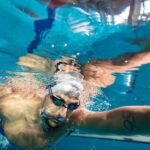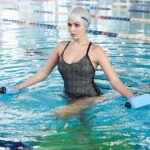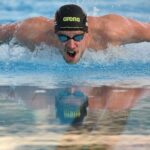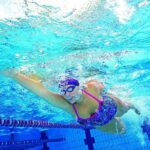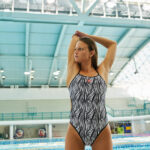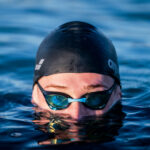Back Pain, Learn about the Benefits of Water!
Who can say they have never had at least once in their life a crippling back pain or one which prevented them from carrying out normal everyday activities?
I think no one; it happens to everyone sooner or later to have a more or less strong pain in the lumbar region. The reasons are many and various: wrong postures, muscle fatigue, stress, muscle strain or tear.
In most cases the back pain is caused by a “misalignment”. This does not mean that it is diseased or damaged beyond repair; it’s just being “incorrectly used”, too solicited or stressed.
Those suffering from back pain may consider following a course of rehabilitation in water, which in recent years has been used to a greater extent. This also applies for those who have limited familiarity with the water.
Water rehabilitation has the purpose of permanently correcting incorrect postures on dry land. Why water? There are various reasons for which the water is a good rehabilitation instrument, because of its:
1. Immersion effect: the weight is reduced in water (weight varies with the immersion level);
2. Hydrodynamic effect: while moving in water all muscle chains and all joints are used, helping muscles to relax and relieve pain;
3. Hydrostatic effect: water’s pressure has a positive effect on the venous and lymphatic drainage, thus improving blood circulation;
4. Psychological effect: physical activity in water, (temperature between 30° and 32°) facilitates movement, has a muscle relaxant effect and decreases the pain. The continued positive feedback improves the mood and the feeling of wellbeing.
This positive effect also determines the patients to perform the movements correctly, motivating them to successfully complete the rehabilitation course.
A thorough evaluation by the rehabilitation therapist / therapist / physiotherapist is the first step to setting up a personal rehabilitation program which actively involves the patient.
Each backache is different and for this reason it is important o set up specific and personalized exercises.
The techniques used in the swimming pool are different and may include: dynamic or static postures, swimming, paddling and exercises that involve the use of fins, floating tubes, or hand paddles.
Here is a proposal:
Warming-up:
Try walking in chest-deep water. It is better to use arm floaties to have the head above the water if the pool is deeper. Alternate forward and side walk for 10 minutes.
Stretching:
– In supine position perform a series of voluntary extension-contraction movements of the back, by raising and lowering the basin, using floating tubes to stay afloat. Slowly repeat the move for at least 30″. Alternate the exercise with a slide: with the feet on the ground push forward until you are completely stretched. Hold the position as long as you can push. To stop, fold your legs bringing your knees toward your chest.
– With the back resting against a wall, shoulders beneath the water’s surface, bring a knee toward the chest helping yourself with one hand; keep the other leg slightly flexed, this will allow you to keep your balance. After 20 seconds change the leg.
Repeat 10 times per exercise.
Strength:
Switch from a vertical position to a horizontal prone position (on your stomach) and vice versa, always using a tube or a life preserver as support under your arms (you can do this even while leaning against the edge).
Repeat 8-12 times.
Cooling Down:
Walking in high water, paddling with the arms and alternating flexion with extension, and abduction with adduction of the hips, while standing near an edge.
Repeat 10 times per exercise while maintaining the position for 10-20 seconds.
If your pool is equipped with a hydro-massage area you can use it to wrap up by relaxing there for a few minutes.
It is important to perform the exercises in water with temperatures above 30° to facilitate muscle relaxation process. It is advisable to use a pool with variable depth; this will offer you several options for performing the exercises.
Remember that this is only a proposal. It is always desirable to seek the opinion of an orthopedist and/or a physiotherapist or a person with adequate professional expertise, who can set up a rehabilitation program appropriate for each patient and his/her problem.
—————
Are you looking for the ideal training swimsuit for your own specific needs? Take a look here!
Written by:
Alessandro Bacchi
Alessandro has spent a lifetime in the pool, first as a member of the Italian team taking part in various events, such as World and European Championships and World Cup events, and now as a coach passing on his expertise to train athletes of all ages at a club just outside Milan. As a swimming instructor he works with people with all kinds of disabilities on a daily basis, trying to pass on his love of water to each and every one of them.
